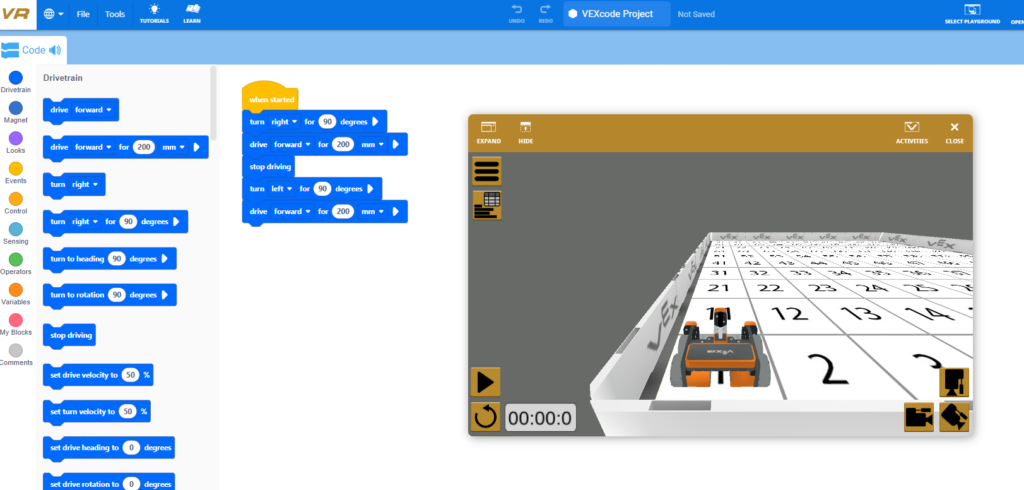
Are you curious about bringing robotics into your classroom but not sure where to start? Robotics is a fantastic way to engage students in STEM while teaching them critical skills like coding, problem-solving, and teamwork. You don’t need a tech background to get started—just a willingness to explore! Here’s a quick guide to help you take that first step.
Why Try Robotics?
Robotics isn’t just for techies; it’s a hands-on, engaging way to teach students skills they’ll need for the future. By working with robots, students learn coding, engineering, and creativity, skills that are useful in any career path.
Step 1: Choose a Platform
Start with an easy-to-use robotics platform. Here are 3 great options for classrooms:
- Sphero: These app-enabled robots are perfect for beginners. Students from grades Pre-K to high school can find a Shpero product for them.
- Lego Robotics: With drag-and-drop programming, Lego’s kits (like Spike Prime) make it easy for students to explore robotics while building and coding their own creations.
- VEX Robotics: If you’re interested in competitive robotics, VEX offers kits that students can build and program. This platform would be best for high school students. VEX lets students dive deeper into engineering and programming.
Step 2: Plan Some Hands-On Activities
Keep it simple to start! Here are a few beginner activities to get students excited:
- Obstacle Course: Students can code their robot to navigate a taped-off course. It’s great for teaching directions and measurements. Before this, I also have students name their robot and walk it around the school like it is their pet. This helps them learn the controls and get excited!
- Animal Movements: Ask students to program their robots to mimic animal movements—hopping like a bunny, crawling like a crab, etc. It’s a fun way to connect robotics to science lessons. Sphero has a great lesson of that here.
Step 3: Tie Robotics Into Core Subjects
Robotics isn’t just for tech classes; it can enhance all kinds of subjects:
- Math: Teach angles, measurements, and speed with simple robot coding challenges.
- Science: Use robots to explore concepts like force and motion or animal behavior. Sphero Bolts can even be used in an egg drop challenge!
- Language Arts: Have students create story maps and code stories with robots as characters. It’s a creative way to mix storytelling and technology.
Step 4: Join a Robotics Community
Starting a robotics club is a great way to keep students engaged. Many STL & KC area schools even compete in events like VEX Robotics Competitions, where students can show off their skills, learn from peers, and get more excited about STEM.
Want More?
At MOREnet, we offer hands-on classes to help you get comfortable with coding tools before introducing them to students. Sign up for an upcoming PD session, and let’s make robotics part of your classroom!
